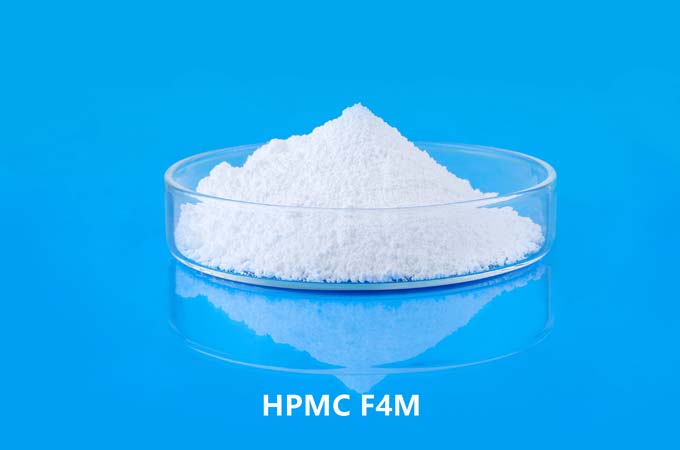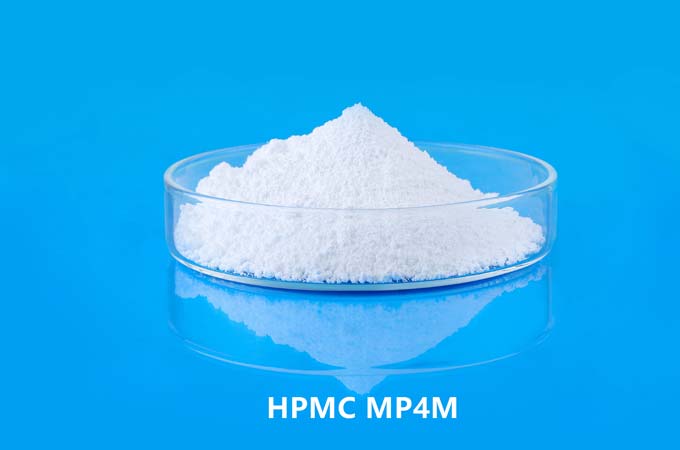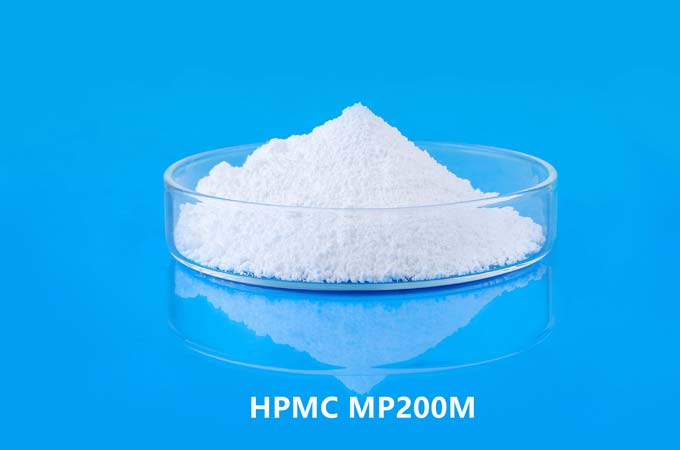1.Overview of Hydroxypropyl Methylcellulose (HPMC):
Hydroxypropyl Methylcellulose (HPMC), also known as hypromellose, is a semi-synthetic, inert, viscoelastic polymer derived from cellulose. It is widely used in various industries for its unique properties such as thickening, binding, film-forming, and moisture retention. HPMC is a key ingredient in pharmaceutical formulations, where it serves as a coating agent for tablets, a viscosity modifier for ophthalmic solutions, and a sustained-release matrix for drug delivery systems. In the food industry, it acts as a thickener, emulsifier, and stabilizer in products like sauces, soups, and ice creams. HPMC is also utilized in construction materials such as mortars, plasters, and tile adhesives for its water-retention properties.
2.Side Effects of HPMC:
While HPMC is generally regarded as safe for use in various applications, some individuals may experience adverse effects, especially when consumed orally or applied topically. Here are some potential side effects associated with HPMC:
3.Gastrointestinal Disturbances:
Oral consumption of HPMC may lead to gastrointestinal discomfort such as bloating, gas, diarrhea, or constipation in sensitive individuals. This is primarily attributed to its ability to absorb water and form a gel-like substance in the digestive tract, potentially altering stool consistency and bowel movements.
4.Allergic Reactions:
Some individuals may be allergic to HPMC or its constituents, resulting in allergic reactions upon exposure. Symptoms of HPMC allergy may include skin rashes, itching, swelling, or difficulty breathing. People with known allergies to cellulose derivatives should avoid products containing HPMC.
5.Ocular Irritation:
In ophthalmic formulations, HPMC is used as a viscosity enhancer to prolong contact time with the ocular surface. However, in some cases, HPMC-containing eye drops or ointments may cause temporary ocular irritation, burning sensation, or blurred vision. Patients experiencing persistent discomfort should seek medical attention.
6.Skin Sensitization:
When applied topically in cosmetics or personal care products, HPMC may cause skin sensitization reactions in susceptible individuals. Symptoms may include redness, itching, or dermatitis at the site of application. It's essential to discontinue use and consult a dermatologist if adverse skin reactions occur.
7.Respiratory Issues (Inhalation):
Inhalation of fine particles of HPMC dust during manufacturing or handling processes may irritate the respiratory tract and lungs, leading to coughing, wheezing, or shortness of breath. Proper ventilation and personal protective equipment should be utilized in occupational settings to minimize exposure to airborne HPMC particles.
8.Interactions with Medications:
HPMC coatings on pharmaceutical tablets or capsules may affect the release and absorption of concurrently administered medications in some cases. Patients taking multiple medications should consult their healthcare provider or pharmacist to assess potential drug interactions and adjust dosages if necessary.
9.Rare Adverse Effects:
Although rare, severe adverse effects such as anaphylaxis (a life-threatening allergic reaction), bronchospasm, or angioedema (rapid swelling of the deeper layers of the skin) have been reported in individuals hypersensitive to HPMC. Prompt medical intervention is required in such cases.
Hydroxypropyl Methylcellulose (HPMC) is a versatile polymer widely used in pharmaceuticals, food, cosmetics, and construction materials. While generally considered safe, HPMC may cause side effects such as gastrointestinal disturbances, allergic reactions, ocular irritation, skin sensitization, respiratory issues, interactions with medications, and rare severe adverse effects in susceptible individuals. It's essential to be aware of these potential side effects and seek medical advice if any adverse reactions occur. Additionally, proper handling and usage guidelines should be followed to minimize the risk of exposure and adverse effects associated with HPMC-containing products.
 English
English 日本語
日本語 français
français Deutsch
Deutsch Español
Español italiano
italiano русский
русский português
português العربية
العربية Türkçe
Türkçe Nederland
Nederland



